When to turn your coverage into a zine (and how to get it into the right hands)

This article first appeared on LAist’s Medium and is republished here with the permission of the authors.
This summer, Bonnie Ho happened upon someone reading a zine in public — that Bonnie herself had created as a community college fellow at LAist. The zine shares six beautifully illustrated stories of Southern Californians who changed their careers via community college. Bonnie was able to engage in conversation with this person about the project and see its impact in real time.
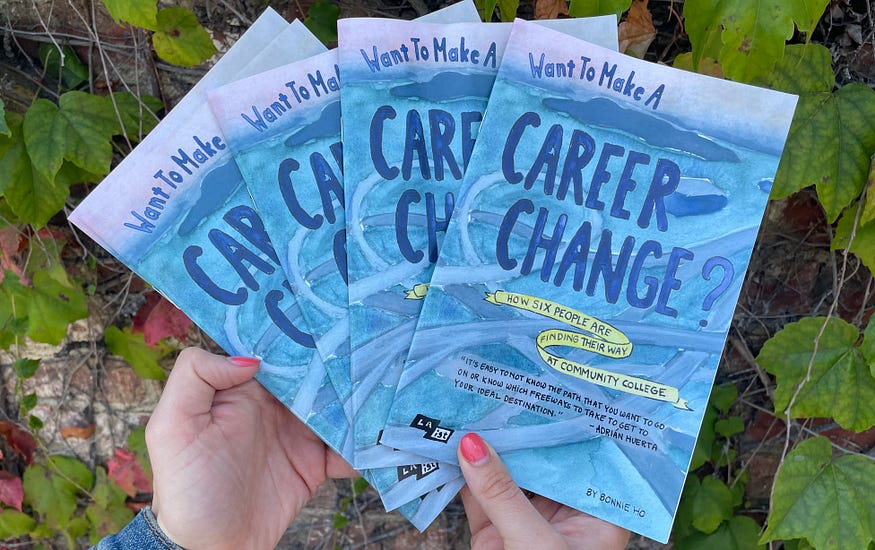
Bonnie said this moment made the massive effort feel worthwhile. And it was a massive effort — from reporting and designing the product, promoting it to the public, to running a shipping center out of a busy newsroom.
Thousands of zines found their way to public library branches, bookstores, community college counseling offices, and adult education programs across Southern California. We also distributed it online.
This was not LAist’s first time distributing a print product to the public. Every time we go through the process, it gives us a chance to reflect on print products as a medium for distributing our journalism, the skills the approach requires across the newsroom, and all of the little things we did (or didn’t) think about before we got started. Here’s what we’ve learned so far.
When is journalism fit for a zine?
Anything can be a zine, and that’s what’s so cool about them. If you’re looking to make a zine for your newsroom, though, you might want to consider why you would want to make one. Here are some questions to ask yourself:
- Is the information in the zine going to have a long life outside of this immediate time period?
- What will the art in it look like, and who would design it? Do you know how to design it? (Editor’s note: There are … so many steps.)
- Is a zine the best way to reach people about this topic?
- How will people find this zine?
- Are you planning to direct people to something outside the zine (to a website or QR code)?
What skills does it require to produce a zine?
Anyone (or any newsroom) can make and distribute a zine.
Certain print products may require more assistance from the designers in your newsroom (we relied heavily on the graphic design skills of Caitlin Hernández for our California College Guide), but simpler, less text-heavy zines can be written by hand. While elaborate illustrations are wonderful to look at and captivate readers, oftentimes, zines employ simple, iconographic visuals, where little artistic talent is needed.
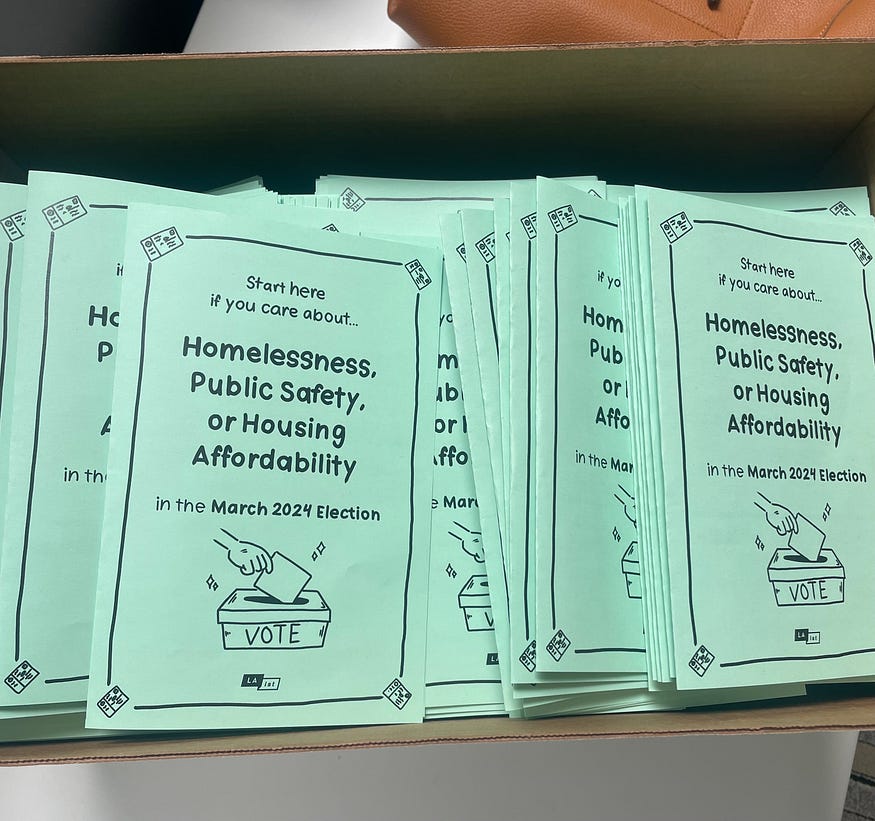
While we’re constantly playing with how to shape our coverage for print, we’ve come to understand that even if it feels painful to trim the information, less text helps the reader not be overwhelmed.
What are the logistics to consider?
The advice listed here is likely common knowledge for anyone who, say, runs a small business out of their home — but there were a ton of lessons learned around actually shipping print products at a large scale from our newsroom. For example, ordering free boxes in bulk from the U.S. Postal Service directly to our newsroom, using their online shipping label tool, and scheduling free bulk pickups from our lobby were all a huge help.
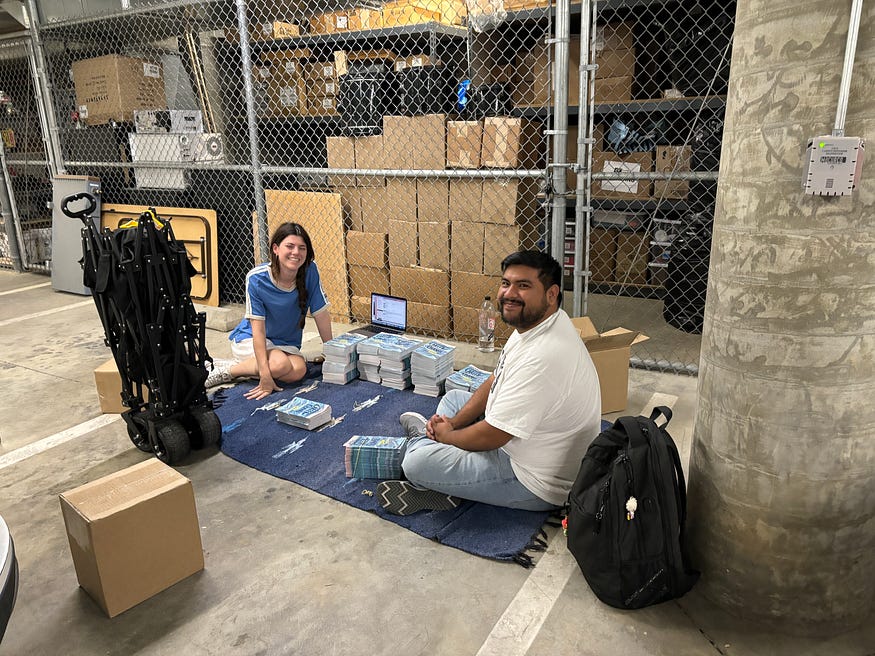
When offering copies to the public and shipping directly from our newsroom, we learned that it’s important to ask questions like:
- Who in the newsroom has the capacity to lead distribution efforts? That responsibility shouldn’t always fall onto the zine’s author or illustrator.
- How much space will this take up in the newsroom? (Who needs to sign off on this use of space?)
- How heavy will bulk quantities of this product be?
- Are the quantities we’re offering suitable for our shipping materials (if I’m offering to ship the product in quantities of 50, is there a USPS box big enough for that)?
- Can the product be pre-bundled by our printer for easier packing?
- Are we asking the public to submit their addresses in a way that will help us create shipping labels in bulk?
- If we’re working with larger partners, like libraries or school districts, can our printer ship directly to those organizations?
- What else can we include in our shipments to further promote our newsroom’s brand? (In this last zine distribution effort, we included large LAist stickers in each shipment — as a thank-you and to promote our brand.)
- What other departments should know about the project? Could it be an asset for the marketing, development or events teams?
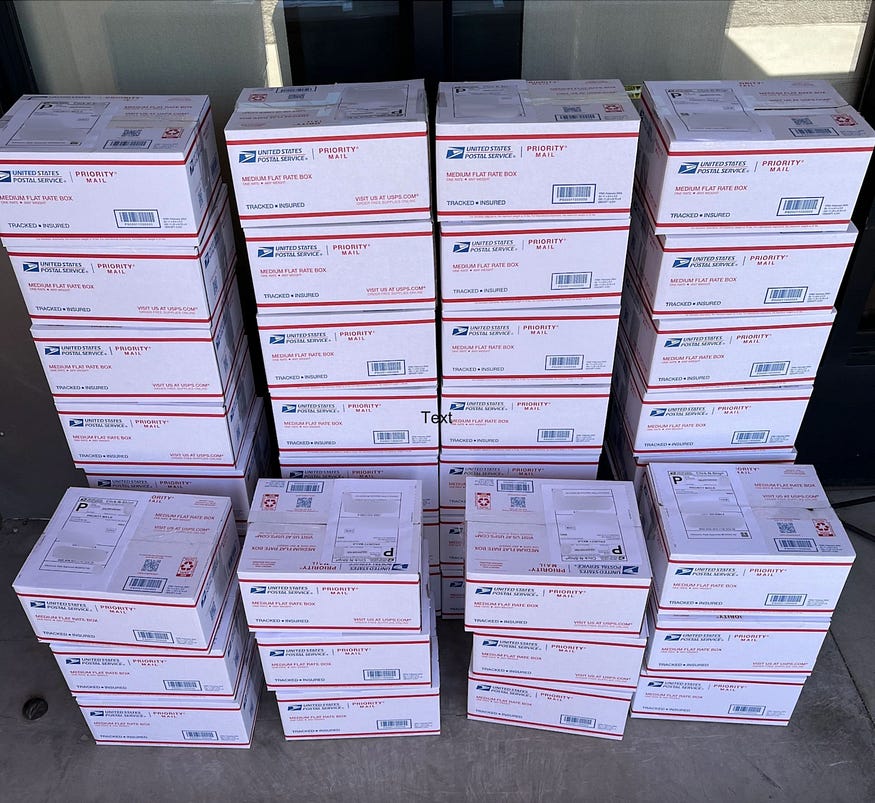
Who is the zine for?
This zine is for people who are looking to make a life change or help people make those big decisions. They can be returning students at community college, people looking to make career changes, counselors, or educators.
So, we started our distribution plan with three questions: Who are our existing partners? How can we make this available for the public to order? What new relationships can we start?
The Los Angeles Public Library has been a longtime partner, and it ordered 3,650 zines to distribute across 73 branches. We thought people who would be looking for career change resources at the library would find the zines at their local branch.
Through our public order form attached to the digital piece, we received 91 requests that amounted to more than 3,000 zines across SoCal.
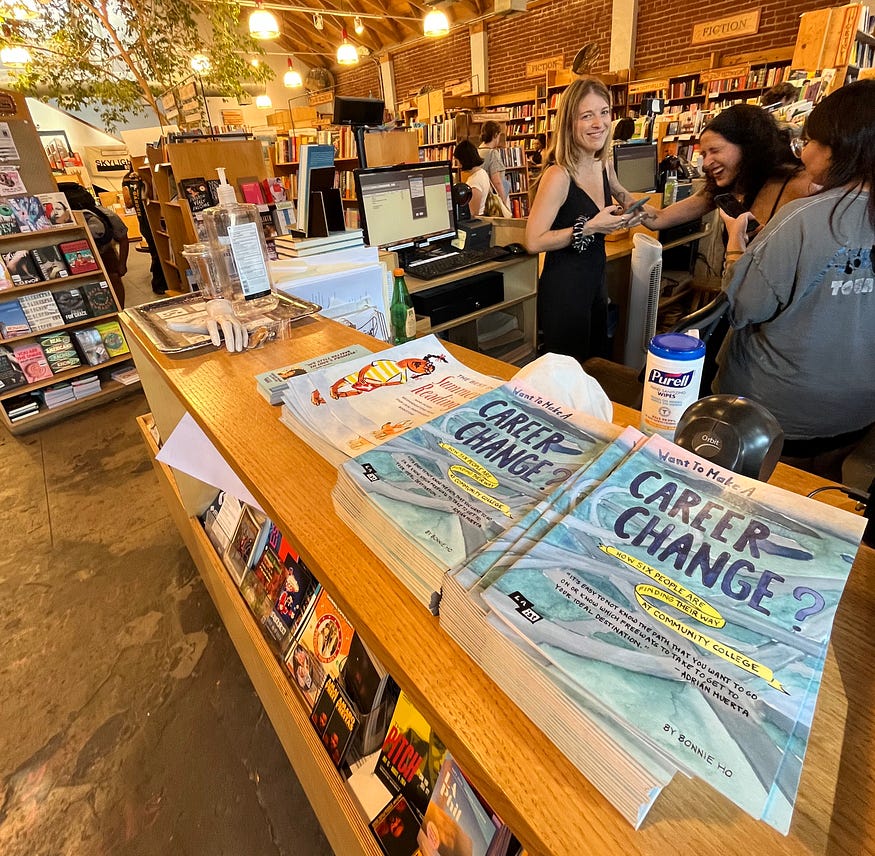
We also tried connecting with local independent bookstores as another way to reach people looking for career changes. Similar to libraries, we thought people might find and appreciate this free zine.
We’ve heard overwhelming positive feedback across these different partnerships and distribution efforts for this zine, and we can’t wait to take our lessons to improve our next effort as we gear up for another print distribution cycle this fall (stay tuned!).
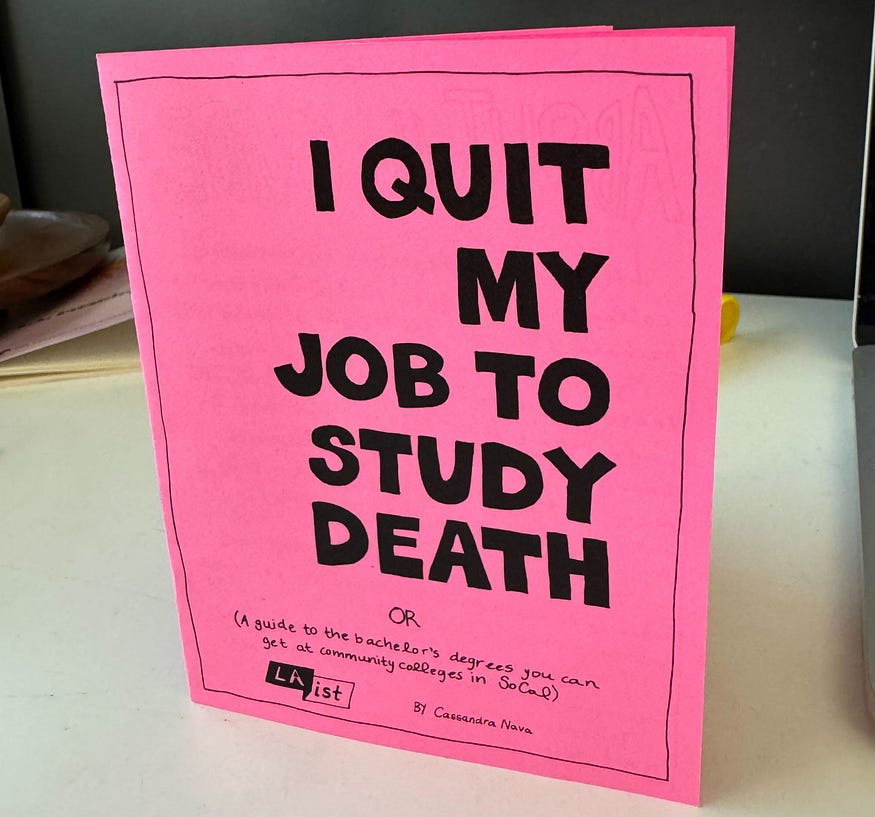
The community college fellow role at LAist and its community colleges career change zine was made possible by Colleges Futures Foundation. Thank you to senior editor for education Ross Brenneman for his direction, advice, and editing of this zine.
f you’re considering producing and distributing a zine out of your newsroom, someone from the LAist engagement team would be happy to talk to you! You can reach out to partnerships producer David Rodriguez at drodriguez@scpr.org.
Adriana Pera and David Rodriguez co-authored this post.






